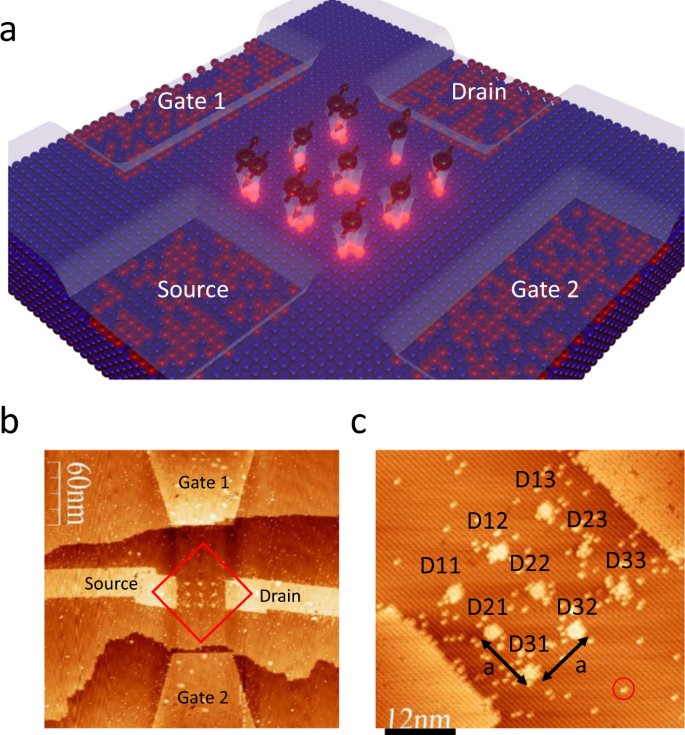新しい家族の肖像が、構造物の知られざる起源を解き明かす New family portrait uncovers insights into the structures’ unknown origins
2022-11-17 ノースウェスタン大学
銀河系中心部のフィラメントと、銀河系外のフィラメントの集団は、環境が大きく異なるにもかかわらず、その根底にある物理的メカニズムはよく似ている。
今回発見された銀河系外フィラメントは、天の川銀河のフィラメントと同じ長さと幅の比率を持っていることがわかりました。また、どちらの集団も同じメカニズムでエネルギーを輸送しているように見える。
今回の論文で、研究者たちは、フィラメントの起源は、銀河の風と雲などの障害物との単純な相互作用ではないかと仮定している。風が障害物に巻きつくと、その後ろに彗星のような尾ができるのである。
- https://news.northwestern.edu/stories/2022/11/the-milky-ways-mysterious-filaments-have-older-distant-cousins/
- https://iopscience.iop.org/article/10.3847/2041-8213/ac982a/meta
クラスタ内媒質と銀河系中心における磁化フィラメントのポピュレーション Populations of Magnetized Filaments in the Intracluster Medium and the Galactic Center
F. Yusef-Zadeh, R. G. Arendt and M. Wardle
Astrophysical Journal Letters Published:2022 November 2
DOI:10.3847/2041-8213/ac982a

Abstract
Magnetized radio filaments are found in abundance in the inner few hundred parsecs of our galaxy. Progress in understanding this population of filaments has been slow over the last few decades, in part due to a lack of detection elsewhere in the galaxy or in external galaxies. Recent highly sensitive radio continuum observations of radio galaxies in galaxy clusters have revealed remarkable isolated filamentary structures in the intracluster medium (ICM) that are linked to radio jets, tails, and lobes. The origin of this class of filaments is not understood either. Here, we argue that the underlying physical mechanisms responsible for the creation of the two populations are the same because of their similarities in morphology, spacing between the filaments, aspect ratio, and magnetic energy densities to the thermal pressure of the medium and that both populations have undergone synchrotron aging. These similarities provide an opportunity to investigate the physical processes in the interstellar medium (ISM) and ICM for the first time. We consider that the origin of the filaments in both the Galactic center and ICM is a result of the interaction of a large-scale wind with clouds, or the filaments arise through the stretching and collection of field lines by turbulence in a weakly magnetized medium. We examine these ideas in four radio galaxy filaments associated with four radio galaxies—IC 40B, IC 4496, J1333–3141, ESO 137–006—and argue that much can be understood in the future by comparing these two populations of filaments.



